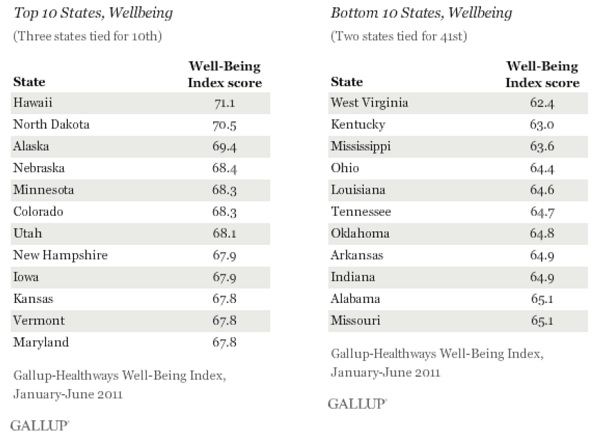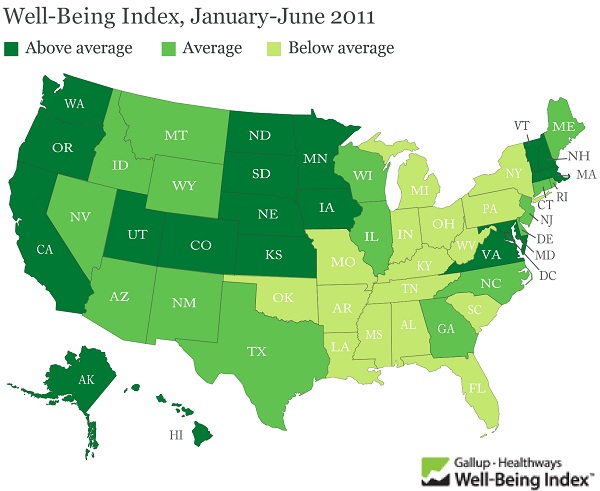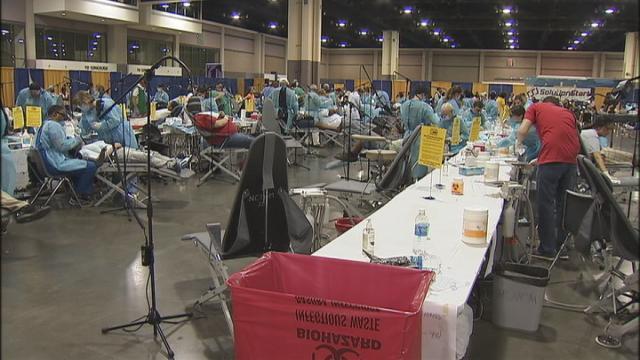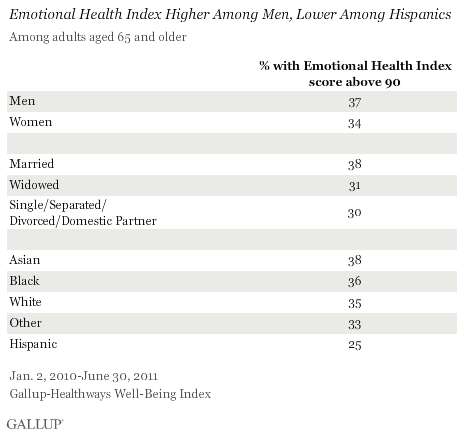Jeff Galloway’s Monthly Newsletter: August 2011
Posted onBring a friend into fitness!
There are few joys that have a longer lasting effect than seeing someone get off the couch and get “hooked” on the enhancements of running or walking. Ask at least one friend, relative or co-worker to walk or run with you this month. This month I’m including some tips from my Running Getting Started book and from the Walking The Complete Book about how to be a good coach/mentor.The half marathon season is picking up. I’ve provided for some tips on preparing for raceday, from my book Half Marathon.There’s a new fluid belt from iFitness. It stays tighter better than any I’ve used. The bottles stay in their holsters, the pouch can carry food, keys, etc, and there’s a simple attachment for a race number.
Montana is full of friendly people. The Missoula Marathon/Half last month was a scenic and well-run event. I’m looking forward to Billings September 16-18. Many runners participate in one of the events and then visit Yellowstone or Grand Tetons National Parks.The Athens Marathon tour is about to close out for this year. The Apostolos tour is an exceptional experience in connecting 2500 years of distance running with the foundations of western civilization. I will be there–join us!Eating with a purpose. Below you’ll find some for tips from my wife Barbara about how to gain better control over eating behaviors by having some cognitive strategies.· Your View: Tell us in this poll about your favorite run/walk ratio.
Have a great month!-Jeff
And, be sure to catch Jeff and Kevin on the Extra Mile Podcast – Galloway Edition.







